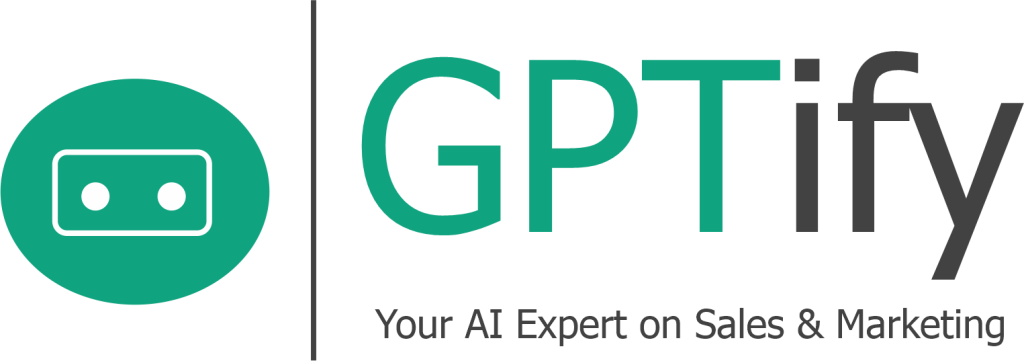Your competitors already have AI advantages – 99% of Fortune 500 companies have implemented AI technologies, while proven productivity gains show workers save 5.4% of work hours (2.2 hours per week) using AI tools
• Measurable ROI benchmarks you can use immediately – Real implementations show 60% faster clinical documentation, 20-30% higher conversion rates from personalization, and 30% cost reductions in lead acquisition across industries
• Ready-to-deploy pilot framework with 90-day KPIs – Each of the 20 statistics includes specific “Apply with AI Teams” actions you can use to build business cases, from customer service Agents targeting 30% faster response times to predictive maintenance reducing downtime by 20%
• Critical implementation gap to address – Only 51% of frontline employees regularly use AI tools, but leadership support increases positive AI sentiment from 15% to 55%, revealing the change management strategy that determines success
• Infrastructure reality check for budget planning – AI data center power demand could grow 30-fold by 2035, with energy costs becoming a significant operational expense that requires upfront planning
These verified statistics from McKinsey, Stanford HAI, and industry leaders give you the evidence and action plans to pick three pilots and prove AI impact in your next board presentation.
20 AI Statistics Every Executive Needs for 2025 Decision-Making
78% of organizations now use AI in at least one business function, up from 55% a year earlier (McKinsey 2024). This shows AI is moving from experiments into production, and if competitors scale you risk falling behind.
This brief delivers 20 verified, transformation-focused statistics (McKinsey, Stanford HAI, OWID, Statista; 2024–25). Each stat includes a one-line executive takeaway and a one-line “apply with AI Teams” action you can use to build a one-page business case.
Where Organizations Are Adopting AI Now
Global AI market investment reached $391 billion in 2025, projected to hit $2.74 trillion by 2032.
1. Enterprise Penetration: 99% of Fortune 500 companies have implemented AI technologies. Executive takeaway: Large competitors already have AI advantages. Apply with AI Teams: Deploy customer service Agent — target 30% faster response times in 90 days.
2. Healthcare Leadership: 90% of hospitals employ AI for diagnosis and monitoring. Executive takeaway: Regulated industries prove AI meets compliance requirements. Apply with AI Teams: Use healthcare governance frameworks — implement data privacy controls in 60 days.
3. Marketing Function: 51% of marketers already use generative AI, with 22% planning to start soon. Executive takeaway: Marketing teams are scaling AI faster than other functions. Apply with AI Teams: Launch content generation Agent — reduce blog creation time by 50% in 90 days.
4. Consumer Adoption: 66% of the global population uses AI tools regularly. Executive takeaway: Your customers expect AI-enhanced experiences. Apply with AI Teams: Deploy personalization Agent — increase conversion rates by 25% in 90 days.
These patterns show future market growth will accelerate as organizations move from pilots to production. The question becomes measuring ROI from these investments.
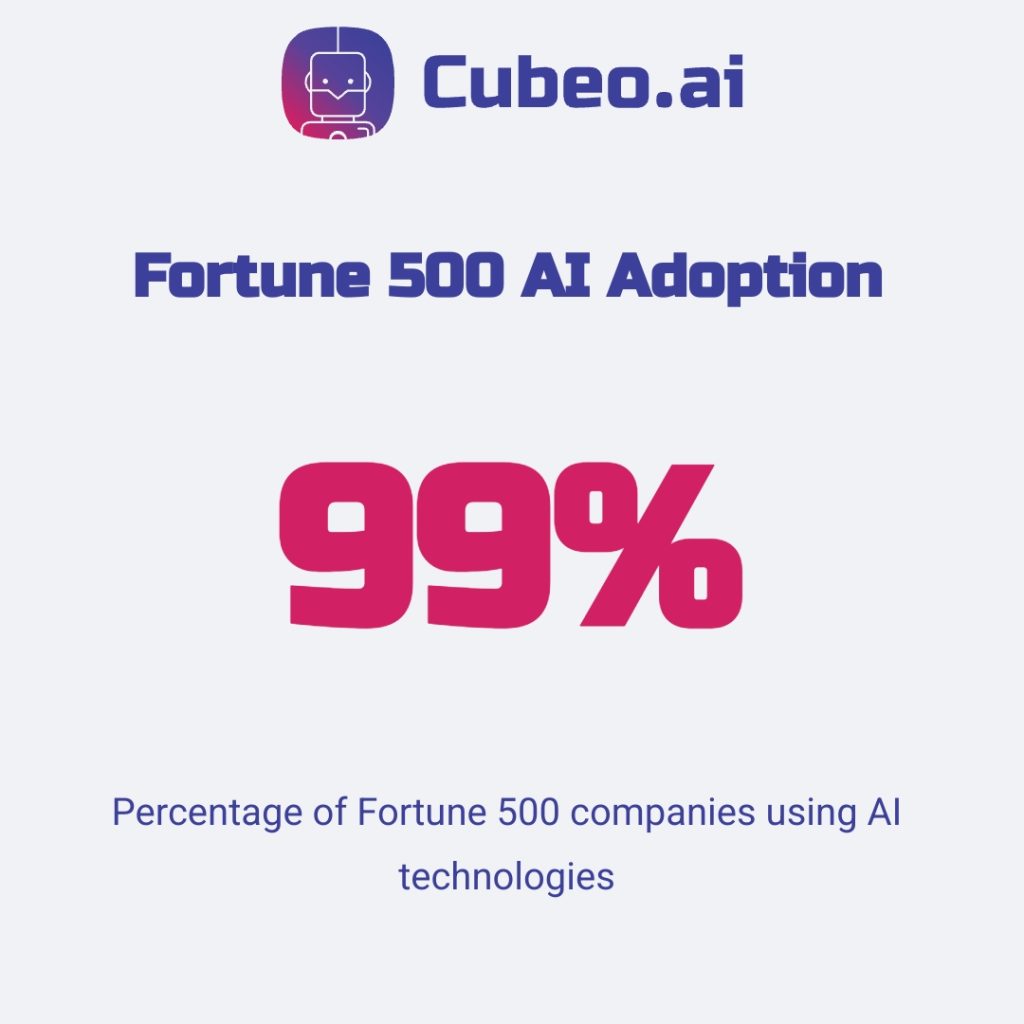
Time Saved and ROI Benchmarks for AI Pilots
5. Executives need concrete benchmarks: workers save 5.4% of work hours using AI, equivalent to 2.2 hours per 40-hour week (St. Louis Fed, Feb 2025).
6. Overall Productivity: 21.8% of U.S. workers used generative AI, creating 1.1% aggregate productivity gains (St. Louis Fed, Feb 2025). Executive takeaway: Measurable economy-wide productivity lift. Apply with AI Teams: Deploy workflow automation Agent. Target 5% time savings in 90 days.
7. Healthcare Efficiency: Clinical documentation time reduced by 60% at Mass General Brigham (Creole Studios, Aug 2025). Executive takeaway: AI frees professionals for higher-value patient work. Apply with AI Teams: Launch documentation Agent. Increase billable hours by 15% in 90 days.
8. Financial Services: Bank of America’s AI handled 1 billion interactions, reducing call center load by 17% (Creole Studios, Aug 2025). Executive takeaway: Scale customer service without proportional headcount increases. Apply with AI Teams: Deploy support triage Agent. Handle 25% more inquiries with existing team in 90 days.
9. Manufacturing ROI: Siemens reduced maintenance costs by 20% and unplanned downtime by 30% (Creole Studios, Aug 2025). Executive takeaway: AI prevents costly operational disruptions. Apply with AI Teams: Implement predictive maintenance Agent. Reduce equipment downtime by 20% in 6 months.
10. Security Impact: Darktrace neutralized 92% of cyber threats autonomously (Creole Studios, Aug 2025). Executive takeaway: AI provides 24/7 protection with measurable risk reduction. Apply with AI Teams: Deploy threat detection Agent. Achieve 90% automated threat response in 90 days.
McKinsey’s research confirms these productivity patterns across industries, helping you set realistic pilot targets.
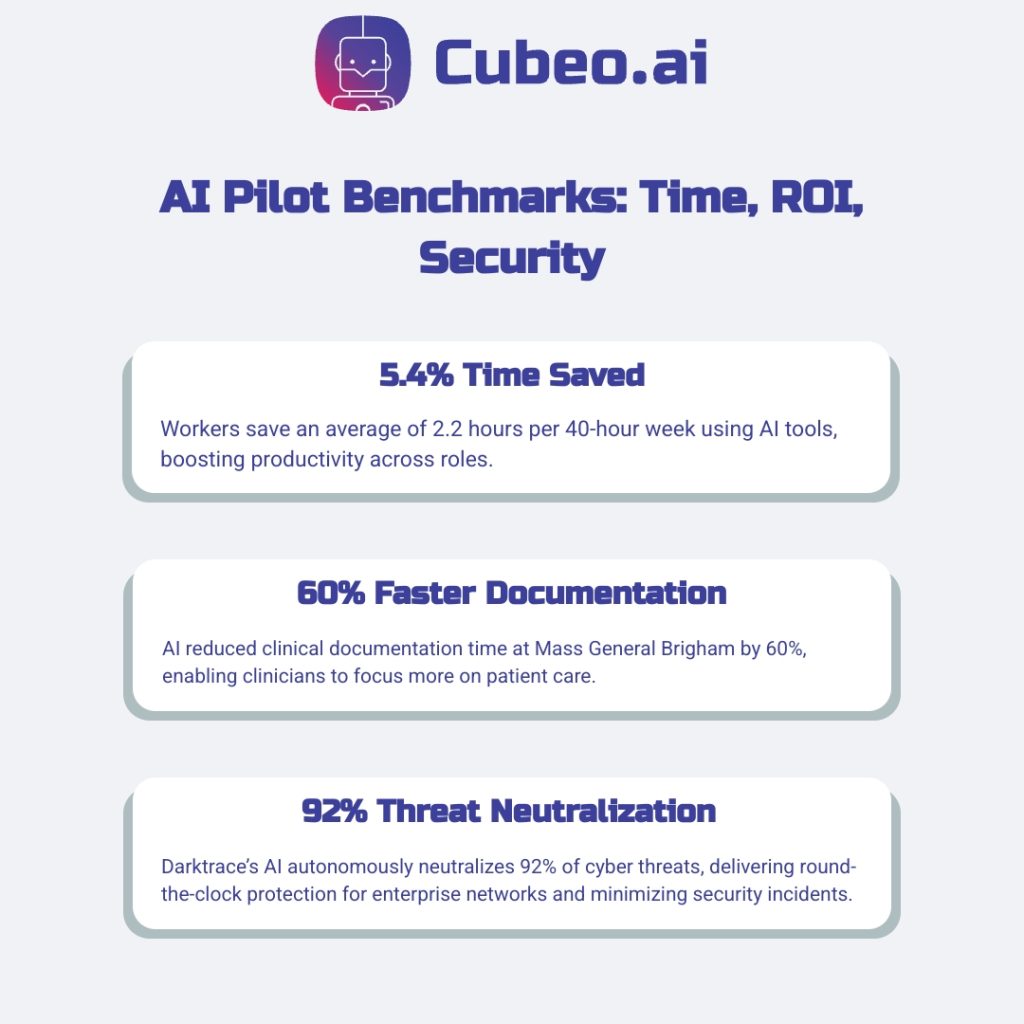
How AI Improves Customer Experience and Marketing Results
Customer-facing AI drives measurable revenue and retention improvements across channels.
11. Personalization ROI: AI personalization yields 20-30% higher engagement and 20% conversion rate increases across customer touchpoints (Intelliarts, Aug 2025). Executive takeaway: Personalized experiences directly boost both interaction and revenue metrics. Apply with AI Teams: Deploy personalization Agent. Target 20% conversion uplift in 90 days.
12. Marketing Automation: 67% of marketing leaders report significant benefits from AI in lead scoring and campaign execution (Brands at Play, Feb 2025). Executive takeaway: Marketing automation delivers proven operational advantages. Apply with AI Teams: Launch lead scoring Agent. Improve qualified lead identification by 30% in 90 days.
13. Channel Performance: BMW’s AI chatbots increased new car inquiries by 15% through targeted interactions (Brands at Play, Feb 2025). Executive takeaway: AI enhances performance across specific customer channels. Apply with AI Teams: Deploy customer service Agent. Increase inquiry-to-lead conversion by 15% in 90 days.
14. Cost Efficiency: Lead costs reduced by 30% in client implementations after AI marketing automation (Intelliarts, Aug 2025). Executive takeaway: AI reduces customer acquisition costs while improving quality. Apply with AI Teams: Implement campaign optimization Agent. Reduce lead costs by 25% in 90 days.
These metrics demonstrate AI’s dual impact on customer satisfaction and marketing efficiency. Next: governance and workforce considerations.
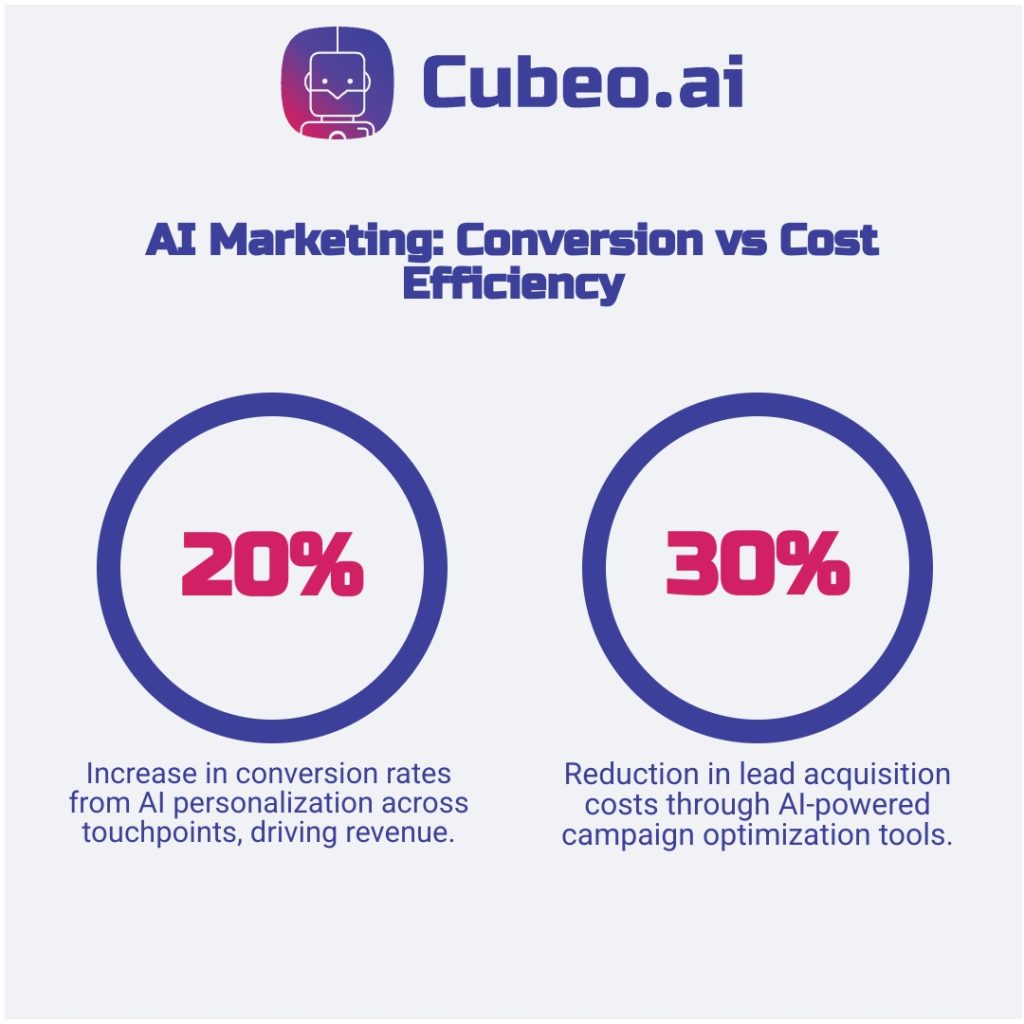
Governance, Risk and Workforce Metrics to Track
Only 51% of frontline employees regularly use AI tools, creating an adoption bottleneck between executive expectations and operational reality.
15. Frontline Adoption Gap: 51% frontline employee AI usage reveals a significant implementation barrier (BCG, June 2025). Executive takeaway: Training and change management are essential for enterprise-wide AI success. Apply with AI Teams: Implement training program tracking with HR. Report adoption rates to CTO weekly.
16. Leadership Impact: Leadership support increases positive AI sentiment from 15% to 55% among employees (BCG, June 2025). Executive takeaway: Governance frameworks must include visible executive sponsorship. Apply with AI Teams: Deploy change management Agent with Communications. Track sentiment monthly.
17. Training Effectiveness: Employees receiving 5+ hours of AI training show significantly higher regular usage rates (BCG, June 2025). Executive takeaway: Structured reskilling programs directly correlate with adoption success. Apply with AI Teams: Launch skills assessment Agent with Learning & Development. Measure training ROI quarterly.
Stanford HAI research confirms these workforce transformation patterns require systematic measurement. McKinsey analysis (2025) emphasizes that human-AI collaboration success depends on proper frameworks and continuous monitoring.
Track frontline usage, training hours, and sentiment weekly to surface issues before they erode value and trust.
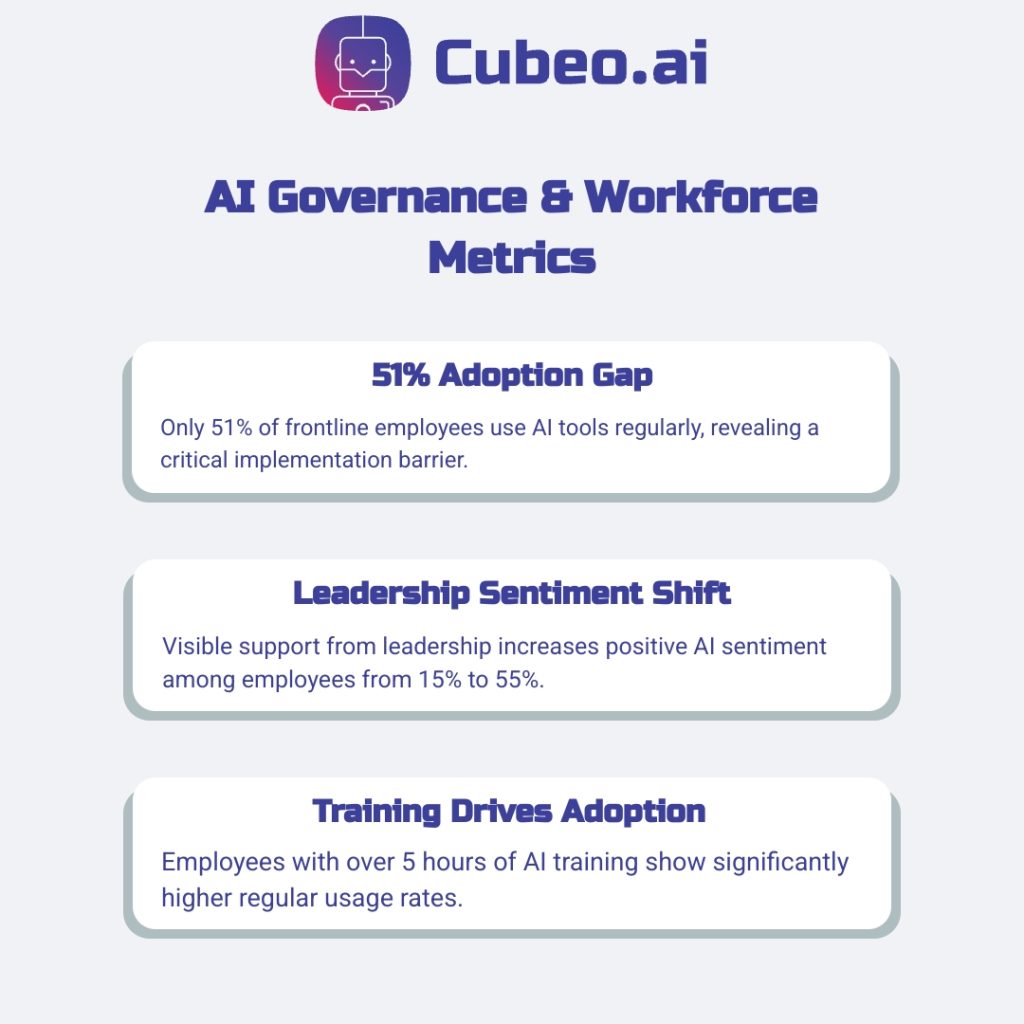
Infrastructure Costs and Sustainability Tradeoffs
18. Power Demand Growth: AI data center power demand could grow 30-fold by 2035, reaching 123 GW from 4 GW in 2024 (Deloitte, June 2025). Executive takeaway: Plan for dramatically higher power requirements. Apply with AI Teams: Coordinate with IT and finance to model three-year capacity scenarios.
19. Energy Consumption: Google’s data centers increased electricity use by 27% year over-year due to AI workloads (RCR Wireless, July 2025). Executive takeaway: Energy becomes a growing operational expense. Apply with AI Teams: Measure energy per workload and set 15% annual efficiency targets.
20. Investment Scale: Hyperscaler capital expenditures expected to rise 44% to $371 billion (Deloitte, June 2025). Executive takeaway: Expect significant upfront infrastructure spending. Apply with AI Teams: Include infrastructure ranges (15-30% of total cost) in pilot budgets.
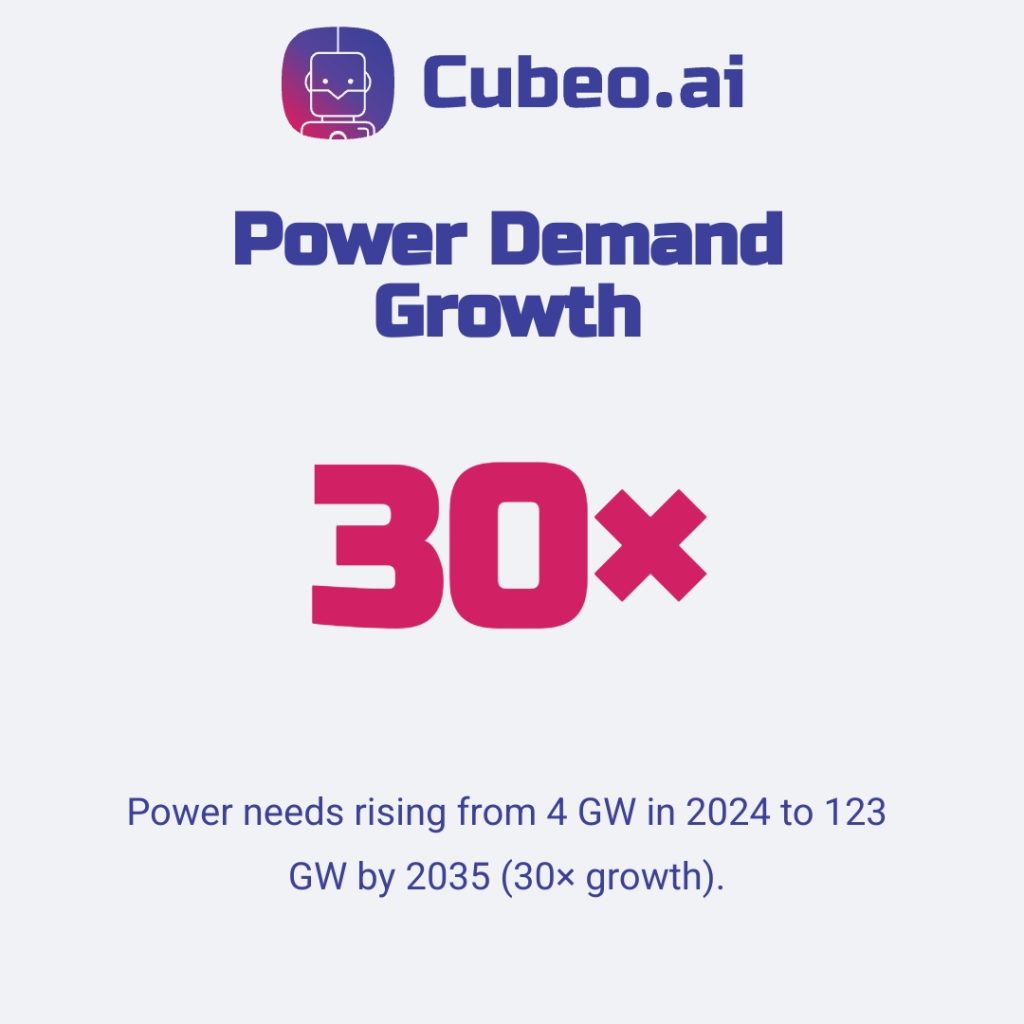
FAQ
What percentage of companies are successfully implementing AI in 2025?
As of 2025, 78% of global companies have adopted AI technologies, with 82% either exploring or actively using AI. However, the success of these implementations varies significantly based on strategic planning. Companies with a formal AI strategy report an 80% success rate in adoption and implementation, while those without a strategy see only a 37% success rate.
This highlights that simply adopting AI isn’t enough; a clear, well-defined strategy is crucial for successful integration and to avoid the pitfalls of fragmented efforts. Many businesses are prioritizing AI, with 83% considering it a top strategic focus, yet a substantial portion of C suite executives (42%) report that AI adoption is creating internal challenges.
To truly harness AI’s potential, organizations must move beyond ad-hoc experimentation and embrace a structured approach. This involves identifying high-value use cases, building cross-functional teams, and focusing on a human-centric implementation that empowers employees rather than overwhelming them. The goal is to ensure AI becomes a strategic asset that drives tangible results, not just a technological experiment.
How much ROI can executives expect from AI investments?
Executives can expect a significant return on investment (ROI) from AI initiatives, though the full value often unfolds over time and encompasses both tangible and intangible benefits. While a 2023 IBM report indicated an average ROI of 5.9% for enterprise-wide AI initiatives, the true impact extends beyond immediate financial metrics. AI drives ROI through cost savings, increased efficiency, and enhanced customer experiences, leading to improved customer satisfaction and retention.
Beyond hard financial gains, AI investments contribute to “soft ROI” such as improved employee satisfaction, enhanced skill acquisition, and stronger brand reputation. For instance, AI-driven personalization can reduce customer churn, and AI-powered data analytics can lead to better decision-making, ultimately boosting sales growth and productivity. The key for executives is to frame AI’s value in terms of strategic outcomes—like accelerating innovation or fortifying risk management—rather than solely focusing on short-term cost savings.
Measuring AI ROI requires a comprehensive approach that considers both quantifiable financial gains and less tangible, long-term benefits. By focusing on how AI enables strategic business goals and by continuously evaluating its impact, organizations can ensure their AI investments deliver transformative value across the entire enterprise.
What are the biggest infrastructure costs when scaling AI?
Scaling AI systems involves substantial infrastructure costs, primarily driven by specialized hardware, significant energy consumption, and robust cloud infrastructure. High-performance GPUs and TPUs, essential for training and inference of complex AI models, are particularly expensive, with individual units costing tens of thousands of dollars. Beyond these processors, the overall hardware investment includes AI servers, high-speed storage, and advanced networking infrastructure.
Operational costs are also a major factor, largely due to the immense energy consumption of AI workloads. These systems generate significant heat, necessitating specialized power and cooling infrastructure, which can include advanced thermal management solutions like liquid or immersion cooling. Building a small-scale AI data center can range from $10 million to $50 million, while large-scale facilities designed for extensive AI workloads can exceed $500 million.
Furthermore, scaling AI incurs hidden costs related to data storage, as AI models can be five to ten times larger than their original datasets, leading to increased storage demands. To mitigate these expenses, companies often opt to rent rather than purchase GPUs/TPUs and strategically select data center locations with lower energy costs or access to renewable power sources. The challenge lies in balancing the need for powerful compute with the imperative to manage these escalating infrastructure investments effectively.
Which industries show the highest AI adoption rates?
The industries demonstrating the highest AI adoption rates are primarily IT & Telecommunications, followed closely by Financial Services, Healthcare, and Retail. The IT and telecommunications sectors lead the charge, with high percentages of companies integrating AI into their operations. For instance, the telecommunications industry is considered one of the most AI-ready sectors, leveraging AI for various applications.
Financial services also show strong AI adoption, with 72% of finance leaders using AI for critical functions like fraud detection, risk management, and more precise credit scoring. Healthcare is rapidly transforming with AI, showing a projected compound annual growth rate of 36.83% in AI adoption, utilizing it for diagnostics, treatment planning, and drug discovery. Retail and consumer sectors are also making significant strides, with AI being used for in-store analytics, demand forecasting, and personalized customer experiences.
These industries often share common foundations that accelerate their AI maturity, such as decades of investment in digital infrastructure and rich datasets. While overall AI adoption is growing across various sectors, these leading industries are demonstrating how AI can be practically implemented to drive efficiency, enhance decision-making, and fundamentally transform business operations.
How do AI Teams help organizations implement these statistics?
AI teams are instrumental in helping organizations translate AI adoption statistics into tangible results by focusing on practical implementation, data-driven insights, and continuous empowerment. They achieve this by providing expertise in data analysis, predictive modeling, and automation, which are critical for leveraging AI effectively. For instance, finance teams commonly use AI for data analysis (55%) and predictive modeling (47%), enabling them to identify trends, forecast outcomes, and detect anomalies.
Beyond technical execution, AI teams play a crucial role in bridging the gap between complex AI capabilities and business needs. They help organizations structure and organize data, making it accessible for AI tools to extract actionable insights. This is particularly vital for tasks like unifying marketing and sales data, minimizing information silos, and recognizing patterns in supply chain data. By embedding AI into cross-functional teams, they foster innovation and empower employees to make faster, smarter decisions, effectively acting as “jargon busters” to translate complex datasets into clear, strategic recommendations.
Furthermore, AI teams ensure ethical practices and continuous employee training, recognizing that AI is not a static tool but an evolving technology requiring ongoing learning. They facilitate an iterative approach to AI integration, adapting to feedback and aligning with the evolving reality of work. This collaborative approach ensures that AI becomes an extension of human capability, helping organizations achieve what neither could alone, and ultimately driving the transformative outcomes highlighted in AI adoption statistics.



